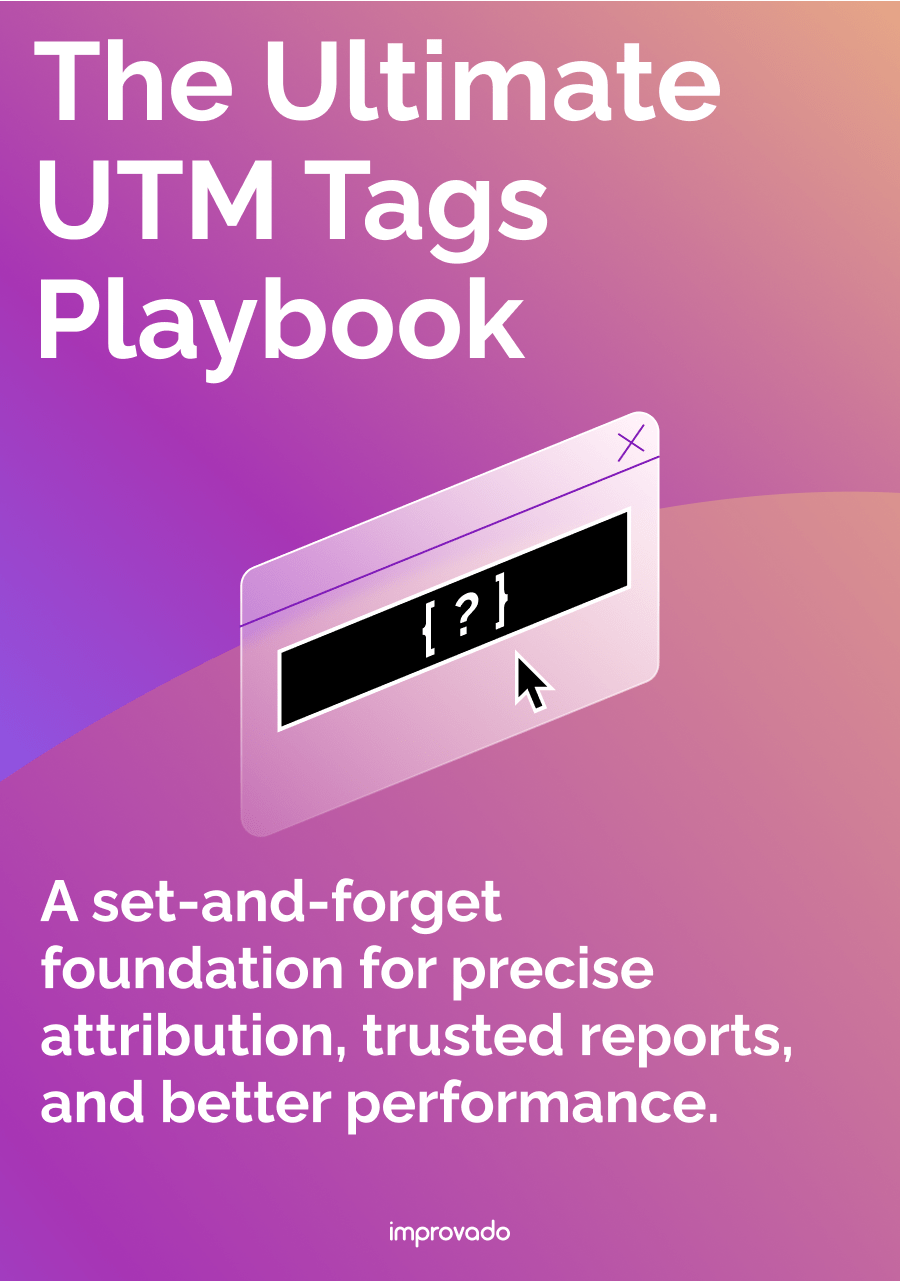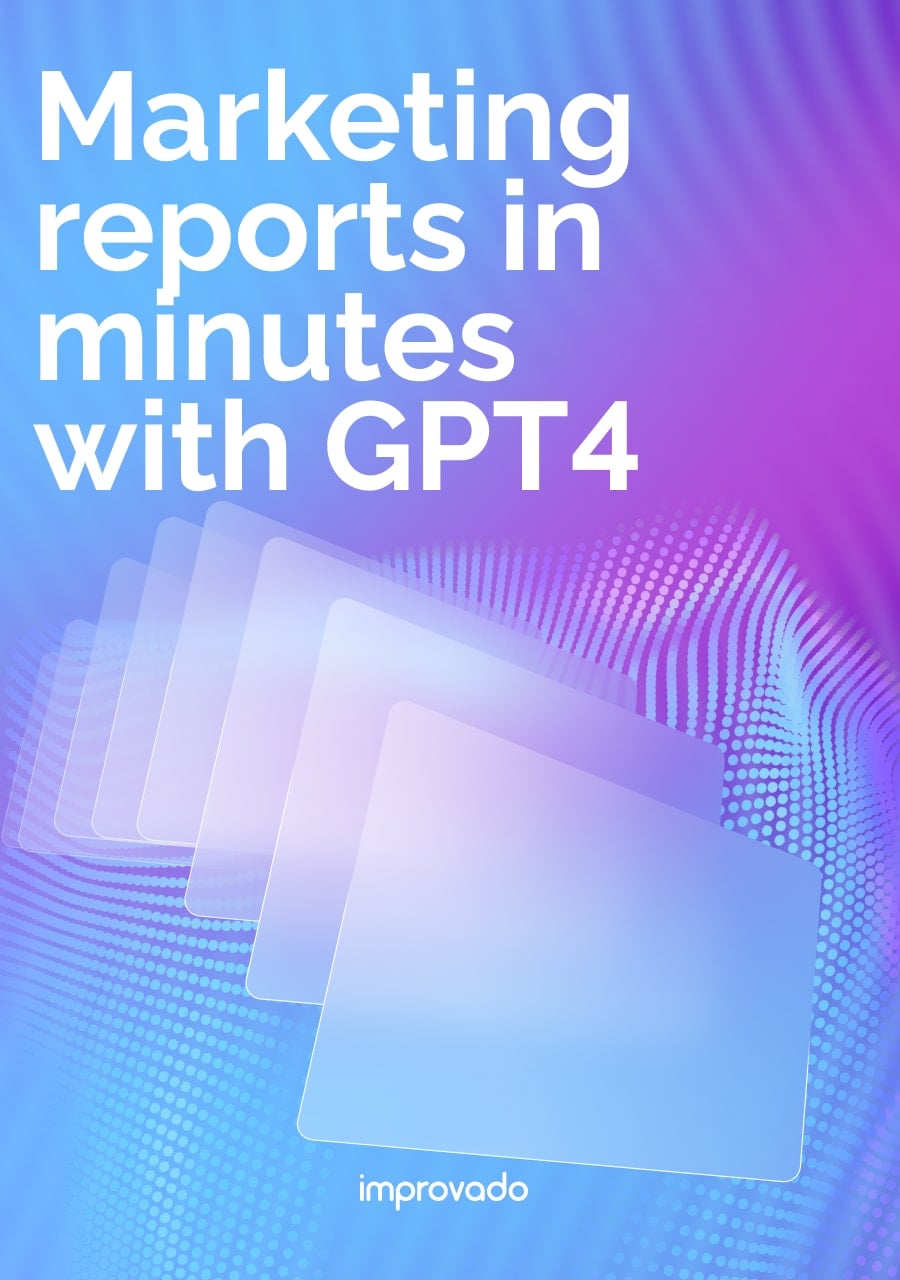An Enterprise Knowledge Graph is a framework that unifies a company’s data into a connected network of insights. It breaks silos, creates a single source of truth, and powers more reliable AI/LLM outputs.
For marketers, though, the challenge isn’t just too much data—it’s too many insights. Dashboards multiply, metrics contradict, and decisions stall. This is where the Marketing Knowledge Graph comes in: a focused version of the Enterprise Knowledge Graph designed for marketing teams within brands and agencies.
What you’ll learn
What is an Enterprise Knowledge Graph?
An Enterprise Knowledge Graph connects the dots across all company data. Instead of customer records in a CRM, campaign results in an ad platform, and support tickets in a help desk tool—all siloed—the graph links them into a single network.
The value lies in context. A database might say a customer bought something. A knowledge graph shows that the same customer clicked a campaign, opened three support tickets, and renewed their subscription. The result: a single source of truth that reflects relationships instead of isolated data points.
This matters because:
- Teams can explore a map of linked data instead of juggling isolated reports.
- LLMs get enterprise-specific context, cutting down on hallucinations and boosting trustworthy insights.
From Enterprise Knowledge Graph to Marketing Knowledge Graph
Enterprise Knowledge Graphs are being adopted across industries: retailers build customer profiles, banks detect fraud, and logistics firms map supply chains. Wherever data is fragmented, a knowledge graph can unify it. Think of it as medicine, a general discipline that addresses a wide range of challenges.
A Marketing Knowledge Graph is more specialized, like cardiology within medicine. Instead of trying to model the entire enterprise, Marketing Knowledge Graph connects the systems marketers rely on every day:
- Ad platforms,
- CRMs,
- Analytics tools,
- Attribution models, and more.
It turns fragmented reports into a connected structure of insights, tuned for the questions marketers ask most often.
Not every company needs a full Enterprise Knowledge Graph, but almost every brand and agency drowns in fragmented marketing dashboards. Marketing Knowledge Graphs cut through that mess.
What problems does a Marketing Knowledge Graph solve?
Marketing doesn’t just suffer from fragmented data. It suffers from fragmented insights.
Marketing data pipelines and dashboards exist, sure. But every new integration adds another “version of the truth.” Reports pile up. Leaders leave reviews with more questions than answers:
- Which channel really drove last quarter’s growth?
- Which campaign delivered ROI across all touchpoints?
- Why don’t revenue figures match between dashboards?
The issue isn’t availability alone. It’s usability. Marketing Knowledge Graph organizes insights into a coherent structure so teams move from overwhelming reports to actionable clarity.
How a Marketing Knowledge Graph works in practice
A Marketing Knowledge Graph runs on four mechanics that turn scattered dashboards into a framework that adapts as data maturity grows.
1. Progressive unlocking
The graph adapts as more data sources are connected. Each new integration activates additional dashboards and reports:
- Connect Google Ads + Meta Ads + LinkedIn Ads → Cross-Channel Paid Media Report
- Add Instacart + Walmart Connect → Retail Media Effectiveness Dashboard that ties retail campaigns to e-commerce outcomes.
- Layer in Salesforce → Pipeline Attribution Dashboard that connects marketing spend to revenue.
If certain data is missing, the graph makes this transparent by showing which insights are locked until the right source is connected.
2. Proactive recommendations
The graph suggests dashboards you didn’t think to request. Multi-channel campaigns, for example, may trigger a Paid Media Mix Report recommendation, while seasonal shifts may generate a Trend Report.
3. Automated reporting
Marketing Knowledge Graph can also produce recurring reports automatically. Weekly, monthly, or quarterly decks are compiled directly from the graph, summarizing performance, highlighting optimizations, and flagging anomalies—all ready for client or executive review.
Who benefits from a Marketing Knowledge Graph?
How to get started with a Marketing Knowledge Graph
A Marketing Knowledge Graph only works if it sits on top of a reliable data foundation—otherwise, you’re just creating structured noise. There are two routes to getting started: building in-house or using a specialized platform.
The in-house route
Some enterprises attempt to build their own Marketing Knowledge Graph internally. This usually means:
- Designing and maintaining pipelines from dozens of platforms (Google Ads, Meta Ads, Instacart, Shopify, Salesforce, etc.).
- Mapping the data and harmonizing it across inconsistent data sources.
- Building and maintaining the graph database infrastructure.
- Creating visualization layers and custom dashboards on top.
The upside is total control; the downside is cost, time, and complexity. Without a large data engineering team and mature processes, an in-house Marketing Knowledge Graph can easily stall.
The platform route
The alternative is to use a platform like Improvado, which already provides the building blocks:
- Automated connectors for 500+ marketing and sales data sources.
- Prebuilt data models and automated harmonization logic that maps messy cross-channel data into a clean, analysis-ready dataset.
- Unified set of rules to monitor campaign performance and data quality across the organization.
- A Marketing Knowledge Graph layer that progressively unlocks insights once the foundation is in place.
- Prebuilt templates and automated reporting to accelerate time-to-value.
With this approach, teams don’t have to solve the hardest problems—pipelines, cleaning, and harmonization—before they can start benefiting from a graph structure. Instead, they can focus on interpreting insights and applying them to strategy.
To remember
Marketing doesn’t fail from a lack of data. It fails due to too many disconnected insights.
A Marketing Knowledge Graph cuts through noise by organizing performance data into a trusted, connected framework. Unlike broad Enterprise Knowledge Graphs, which suit only large enterprises, Marketing Knowledge Graphs tackle the chaos nearly every marketer faces: inconsistent metrics, endless dashboards, and painful manual reporting.
With the right data foundation—built in-house or with a platform like Improvado—a Marketing Knowledge Graph can shift analytics from scattered reports to actionable clarity.
.png)



.png)
